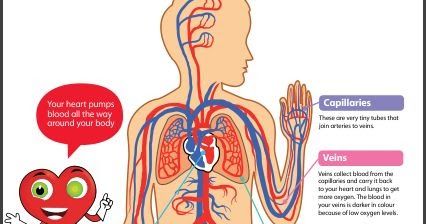
Strength Training for Teens: Safety and Benefits
admin
- 0
Strength training is an excellent activity for teenagers, as it offers numerous benefits for both their physical and mental well-being. However, it is essential to prioritize safety when introducing teens to weightlifting and resistance exercises. This article outlines key safety guidelines and highlights the benefits of strength training for teens.
Safety Guidelines
Consultation with Healthcare Professional
Prior to starting any strength training program, teens should consult a healthcare professional or a qualified strength and conditioning coach. They can assess the teen’s fitness level, provide guidance on appropriate exercises, and tailor a program that suits their individual needs and goals.
Proper Warm-up and Cooling Down
Teaching teens the importance of warm-up exercises is crucial in preventing injuries. It helps increase blood flow to the muscles, improves flexibility, and prepares the body for intense physical activity. Similarly, cooling down exercises after a strength training session can reduce muscle soreness and aid in recovery.
Proper Technique and Form
Teenagers must learn the correct techniques and form for each exercise to maintain proper alignment and prevent injuries. It is recommended to start with lighter weights and gradually increase the resistance as they gain strength and confidence. Supervision from a knowledgeable adult or trainer is vital during the initial stages to ensure proper form.
Progression and Rest
Teens should avoid overtraining and excessive weightlifting. Gradual progression and rest days are crucial to allow the muscles to recover and grow stronger. It is advisable to incorporate at least one or two days of rest between strength training sessions.
Benefits of Strength Training for Teens
Improved Bone Health
Strength training promotes the development of strong bones and helps prevent osteoporosis in later life. During adolescence, when bone growth and density are at their peak, weight-bearing exercises stimulate bone formation, resulting in improved bone health and reduced risk of fractures.
Muscle Strength and Endurance
Regular strength training allows teenagers to develop stronger and more resilient muscles. It enhances muscular strength, endurance, and power, enabling better performance in other physical activities such as sports. Strengthening the muscles also reduces the risk of muscle imbalances and related injuries.
Healthy Weight Management
Strength training, in combination with a balanced diet, helps teenagers achieve and maintain a healthy weight. Increased muscle mass boosts the metabolism, allowing the body to burn calories more efficiently. It also reduces the risk of developing overweight or obesity, which are common health concerns in today’s youth.
Mental Well-being
Engaging in regular strength training sessions can significantly contribute to a teenager’s mental well-being. Exercise stimulates the release of endorphins, the “feel-good” hormones, which can help reduce stress, anxiety, and symptoms of depression. It fosters a positive body image and self-confidence, promoting overall mental health.
Conclusion
Strength training provides numerous benefits for teenagers, including improved bone health, increased muscle strength and endurance, healthy weight management, and enhanced mental well-being. However, it is vital to prioritize safety when introducing teens to weightlifting. Following proper guidelines, consulting professionals, and being aware of individual abilities can help teenagers derive the maximum benefits from strength training while minimizing the risk of injuries.

